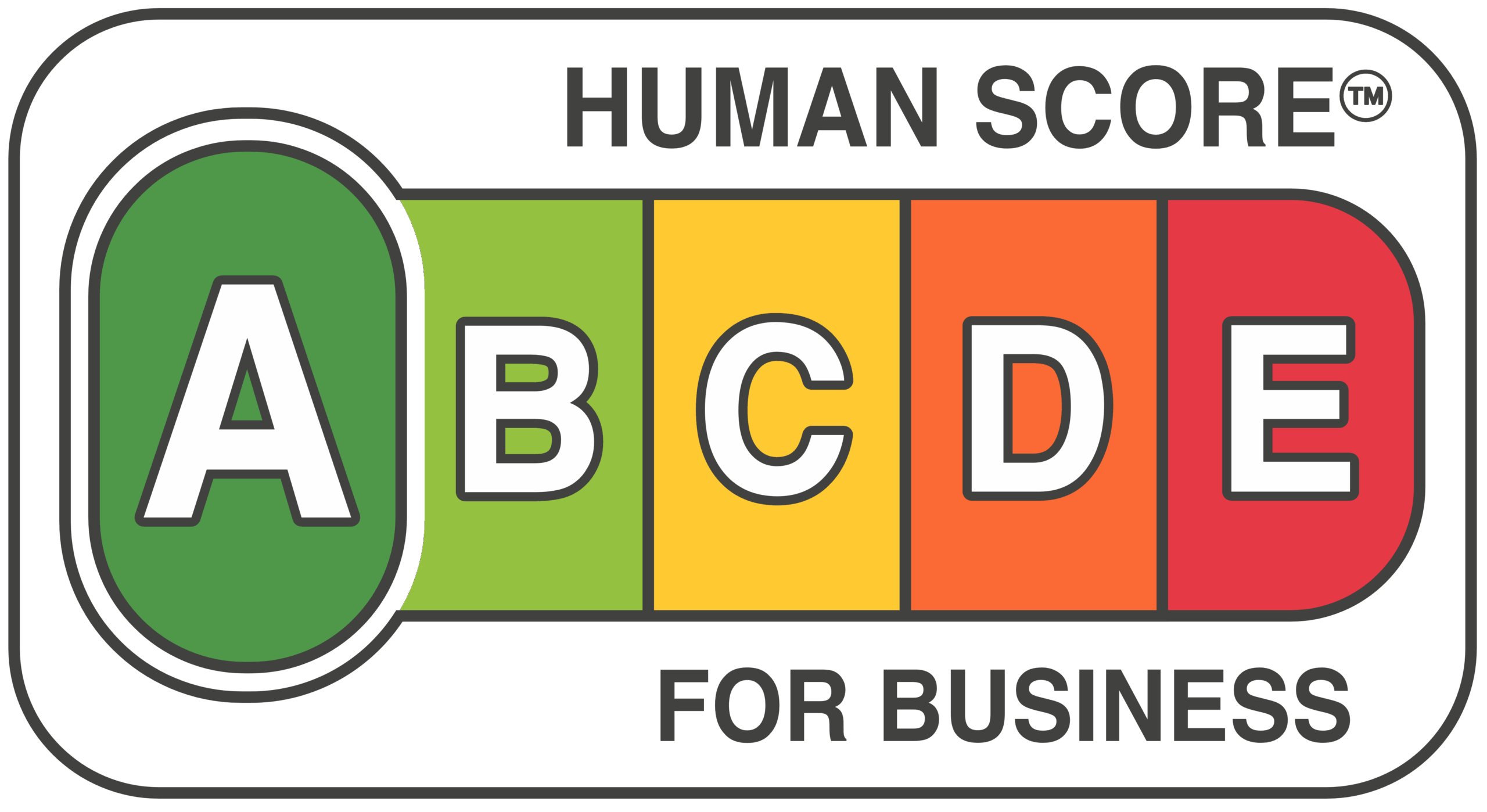The lingering ghost of the “perfect candidate”
In my previous article, I challenged the notion of a global talent shortage, arguing that the issue stems from outdated hiring practices and rigid assumptions rather than a lack of skilled workers. I highlight the key limitations of traditional hiring assumptions as follows:
- Years of experience ≠ capability: Equating tenure with competence overlooks the quality and diversity of experience. A candidate with 20 years in a role may have repetitive, non-progressive experience.
- Similar roles ≠ future success: Job titles and past roles are poor predictors of fit, as context (e.g., company culture, team dynamics) significantly impacts performance.
- Past performance ≠ future results: Success in one environment (e.g., supportive leadership) may not translate to a different, less-resourced setting.
- Overemphasis on formal qualifications: Academic credentials often lag behind industry needs, excluding self-taught or alternatively trained talent.
I then expand on my critique and introduce the concept of “alternative talent pools”, which I don’t think is a great name because it’s only “alternative” because of outdated ways of thinking, but within conventional recruitment practices, it is arguably the best descriptor. Here I advocate for embracing non-traditional candidates, such as neurodiverse individuals, caregivers, retirees, refugees, and those with career gaps and explain that beyond being the socially just thing to do, the benefits of tapping into alternative talent pools include:
- Lower turnover: Non-traditional hires show 73% lower attrition rates.
- Diverse skill sets: These candidates often bring adaptability, creativity, and unique perspectives.
- Future-proofing: Less rigid hiring criteria are more aligned with dynamic labour market demands, where the benefits of diverse skills and potential outweigh the sense of safety of rigid hiring criteria.
While awareness of these issues is growing, actual widespread implementation remains a significant challenge. So why are organisations still clinging to outdated models, despite recognising their limitations, and how we change that?
The comfort of conformity and the illusion of control
“Job-centric” thinking, a legacy of the industrial age, remains deeply entrenched in organisational structures, HR processes, and managerial behaviours. This paradigm, where work is defined by predefined sets of functional responsibilities within a job, acts as a significant constraint. It shapes departments and hierarchies around specific job functions, often creating silos that impede agility and cross-functional collaboration necessary for the current business environment. Traditional HR processes, from writing job descriptions to setting compensation and assigning training, are overwhelmingly built upon the foundation of the job. Even recruitment practices are typically centred on filling specific job requisitions, often overlooking candidates whose diverse skills and experiences don’t perfectly align with the prescribed role. The notable reluctance among organisations to move away from defined roles and hierarchical structures arguably stems from a perceived loss of control. The familiarity and seeming predictability of job-based systems offer an illusion of safety and security. Managers might worry about accountability and productivity in the absence of clearly defined roles, potentially underestimating the capabilities and adaptability of a workforce empowered by a focus on skills rather than rigid job titles. However, this fear is based on outdated assumptions about productivity and accountability. Work can be effectively managed and individuals can be held accountable based on outcomes and demonstrated skills, even without traditional job titles. This, however, is only possible if key decision-makers are able to move beyond these deeply engrained assumptions and undergo a fundamental shift in mindset.
Can we skip to the good part? A 4-phase plan for future-proofing your talent strategy


Phase 1: Lay the foundation for a new approach
Step 1: Define “skills” and “outcomes” for your organisation
This might sound a bit redundant, but trust me this is a necessary foundational element of your broader strategy. Clearly articulate what “skills” mean and what the desired outcomes are within your organisation, and more importantly, its stakeholders. Then ensure all stakeholders have a common understanding of this definition.
Step 2: Articulate the business case
Clearly define the reasons for adopting a skills-based approach. Identify the specific business problems this shift aims to solve (e.g., talent shortages, lack of agility, need for innovation) and how success will be measured. This also means letting go of the conventional understanding of the worker as someone on a linear career trajectory, who works full-time and permanently for one company. Highlight the potential benefits, but also contrast these with the risks of not letting go of old assumptions.
Step 3: Secure leadership buy-in
Obtain strong executive sponsorship and support for this transformation. Emphasise that this is a strategic imperative impacting all functions, not just HR. Implementing this new approach will inevitably hit some bumps in the road, and without senior buy-in, it is likely key decision-makers will simply revert to old ways of doing things.


Phase 2: Re-evaluate work and identify skill needs
Step 4: Deconstruct jobs into outcomes
At the start, this might feel like the same thing, but it is not. Break down traditional job roles into desired outcomes rather than predefined duties, tasks, and responsibilities. For this step, you need to suspend any thought in terms of how these outcomes are to be achieved and simply consider the desired outcomes.
Step 5: Organise work around desired outputs
For structure and manageability, all desired outcomes should be clustered into groups of similar or related outcomes – this will look different for each organisation. Here I recommend collaborative action where various stakeholders across the company work together on mapping out outcomes. Ensure that all participants in this activity are aligned with what “outcomes” are. I highly recommend using collaborative mapping tools like Coggle, Miro, or Mindomo to manage everyone’s inputs in central locations.
Step 6: Understand current and future skill needs
Once you are confident that the majority of key outcomes for your business operating successfully have been mapped, then you can start attaching skills to these outcomes. Here it is important to keep in mind that context is important, because the skill to achieve the outcome today, might not be the skill required for that same outcome in a year. At this juncture, it might also be useful to classify skills into different types or levels of skills, especially skills that have other skill prerequisites or complement each other. This step should culminate in a skills library that serves as the central repository of all current and future skills your organisation needs to succeed. I highly recommend also developing a complementary internal skills marketplace that gets constantly updated as workers develop their skills over time.


Phase 3: Explore different talent pools and talent pools differently
Step 7: Identify and understand alternative talent pools
Explore the barriers keeping your organisation from tapping into historically underutilised talent pools of people such as caregivers, refugees, veterans, previously incarcerated people, retirees, and those with non-linear career paths. If you did a good job in step 2, here you will start realising that these individuals may have as much potential to contribute to your organisation achieving its outcomes, but have been excluded from doing so based on flawed assumptions. Actively advertise fractional, non-permanent roles. Specify in job listings (yes I know, but we can only change our own organisation, not the entire job market) that you are interested in candidates with unconventional backgrounds. And frame job descriptions around the outcomes and skills you have identified in steps 5 and 6.
Step 8: Shift focus when evaluating applications
The next step is to look at applications with a different lens; and here I mean both external applications and internal applications for, say, a promotion or secondment. At this point, it will be very tempting to ask the traditional question “Of all of these applicants, who is the best candidate’?”. DON’T! Instead, ask “Who has the most potential to help us achieve our desired outcomes?”. This means that you would likely have to do a complete overhaul of your recruitment and selection tools. Instead of relying on formal qualifications, years of experience, and decontextualised standardised assessments, and rather opt for evaluations of candidates’ potential to develop skills, their adaptability, learning agility, motivation, and cultural fit.


Phase 4: Integrate the new approach into all HR practices
Step 9: Onboarding
Onboarding people from both traditional and alternative talent pools into a skills-based environment requires more than the traditional role-centric orientation. I recommend starting with the results of the skills assessments done during the recruitment process to map each individual’s existing capabilities against the skills library, identifying strengths and gaps relative to their assigned outcomes. This also allows for the creation of personalised learning paths at the start of employment that prioritise skill development, rather than it being an afterthought. Also, embed mentorship and peer networks early to promote collaboration and contextualise how skills translate into organisational outcomes. Introduce real-time feedback loops that emphasise skill application, and frame expectations around adaptability and continuous growth.
Step 10: Develop skills-based learning and development
Focus development initiatives on building the skills linked to the organisational outcomes identified in step 4. Now you might be thinking “Well, isn’t that just normal L&D?”. Actually no. Most L&D initiatives prepare people for specific positions. Now, there usually is some overlap between outcomes and positions, but remember focusing on the rigid duties and tasks of jobs, rather than outcomes and their associated skills, limits organisations’ ability to achieve these outcomes. Aim for growing your organisation’s skills library so that it better suits the needs identified in your skills marketplace.
Step 11: Reimagine performance management
Performance management within this new paradigm can be an entirely separate series of articles, but for now, it is important to keep in mind that conventional performance management approaches may long longer be suitable. Perhaps your organisation has very progressive and agile performance management practices, but if not, table a plan for the re-evaluation of the suitability of existing performance management practices. Performance management in this context should look towards the future, not the past, should be empowering not punitive, and should promote the application of skills not the completion of duties. I highly recommend looking at how Confirm conceptualises performance management from a social network perspective – it’s really cool!
Step 12: Continuously evaluate and adapt
Establish clear metrics to measure the impact of your talent practices, such as time-to-skill proficiency, skill gap closure rates, employee mobility, and the alignment of workforce capabilities with emerging business priorities. Conduct periodic skills audits to validate the relevance of your skills library against market trends, technological advancements, and internal outcomes. It is also advisable to create a governance framework, which could include a task force comprising HR, business leaders, and high-potential employees, to review data, test assumptions, and pilot adjustments.
I hope that these steps offer some stability and structure to a fairly nebulous subject. This is all new, and implementing these changes to better prepare your organisation for the future of work will come with various challenges, but in the end, I believe it would have been worth it. I also hope that what has been clear from this newsletter is that adopting such an alternative approach requires that fundamentally new assumptions and views on work be institutionalised with everything from policies to the tools used, to the decisions made. The custodian of such a change project is advised to frame evolution as a shared responsibility, where managers are rewarded for promoting skill agility, and employees who have the courage to pivot to meet new demands are celebrated. Here, leaders also have an important role to play by publicly iterating on missteps and normalising continuous improvement.
Get in touch if you’d like to discuss future-proofing your talent strategy!

